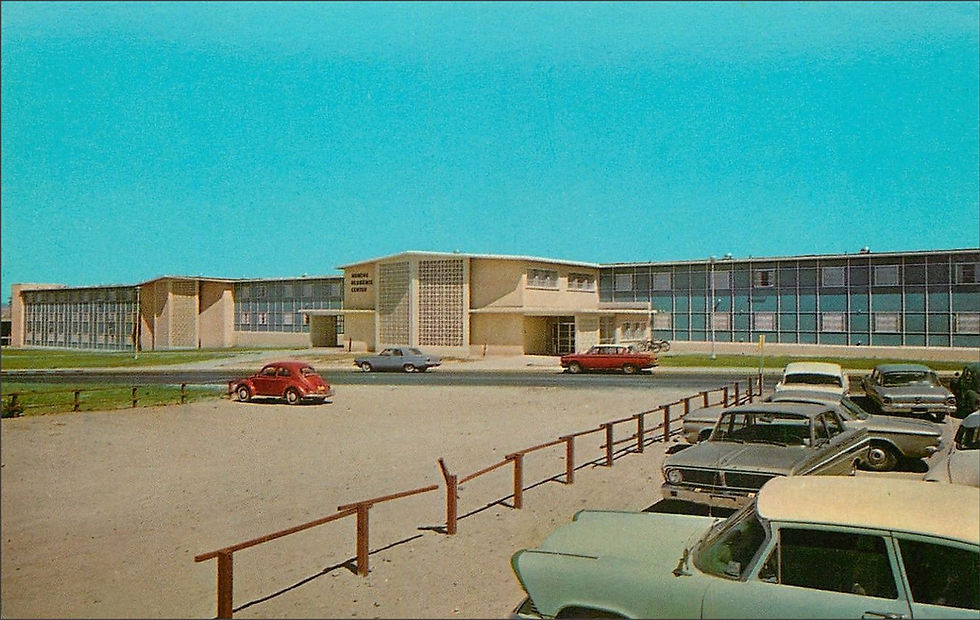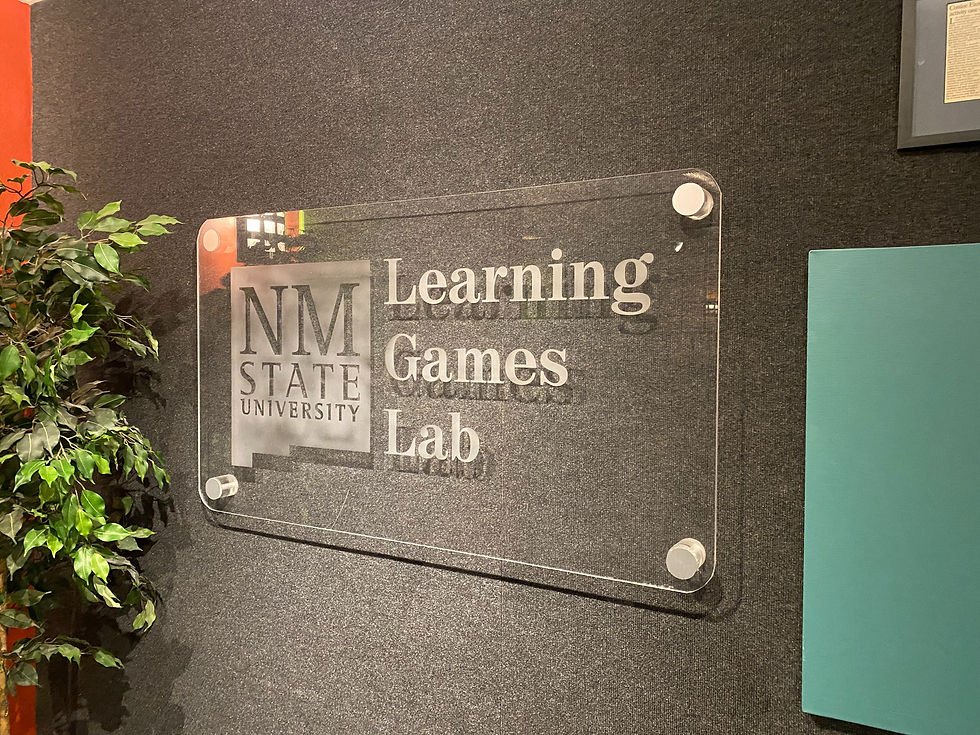Jump Back in Time! The Land-Grant Institution Mission
- Barbara Chamberlin

- Apr 9, 2021
- 2 min read
Updated: Aug 13, 2021
“Wait… what?”
That’s a pretty common reaction when people spy our development space when they walk through the hallways in the “ag building” on campus. With a history of strong academics, research and outreach work in Agricultural, Consumer and Environmental Sciences (ACES), this NMSU College is a surprising place to find a high-quality development studio. To understand ‘what we are doing here’ is to understand the Land-Grant Mission.

All four-year universities teach students and engage in academics, and many of those also conduct original research. NMSU and other land-grant institutions have a third critical mandate: the Extension mission, to share this research to improve the daily lives of our citizens.
The land-grant institutions were originally promoted by Justin Smith Morrill of Vermont, to publicly fund agricultural and technical education. The Morrill Act was finally signed by Abraham Lincoln in 1862, and created a nationwide collection of colleges and universities. Each state was given land to create a university with a focus on teaching agriculture, science, and engineering— this was a considerable change from the dominant university emphases in philosophy, economics, and religion. In 1890, a second act was passed to add historically black colleges and universities, and in 1994 colleges for Native Americans were given funding as part of the Land Grant mission.
In 1914, The Smith-Lever Act expanded the role of Land Grant institutions by giving them federal money to disseminate university-based research to a larger public. This created the Cooperative Extension system.

Development in the Learning Games Lab is driven by this mission. We use research-based findings on a variety of content — agriculture, financial literacy, adult learning, economic development, child development, safety, water, environmental science, food production and preparation — for a variety of audiences. Sometimes we work with researchers here at NMSU, and we often work with researchers at other universities. Our past work has involved partnering with over seventy universities, agencies, and nonprofit groups such as the U.S Department of Agriculture (USDA), National 4-H Council, and multiple state universities.
We are proud to say that our learning tools have a global audience. Our popular game series Math Snacks has reached almost every continent in the world, with especially high usage reports in North America, the United Kingdom, Spain, and New Zealand (Google Analytics, 2019).
Our team consistently and actively pursues research partnerships and grant funding opportunities. If you are interested in partnering with us for a future project please contact Barbara Chamberlin at bchamber@nmsu.edu.
Written By: Barbara Chamberlin, Interim Department Head, bchamber@nmsu.edu


